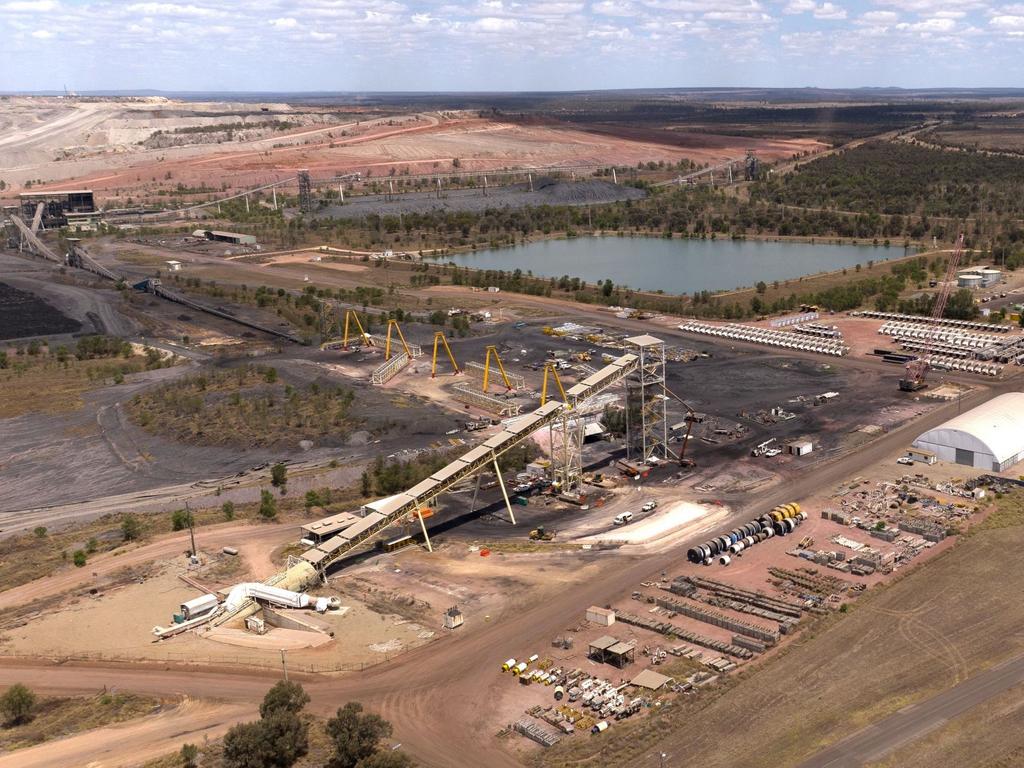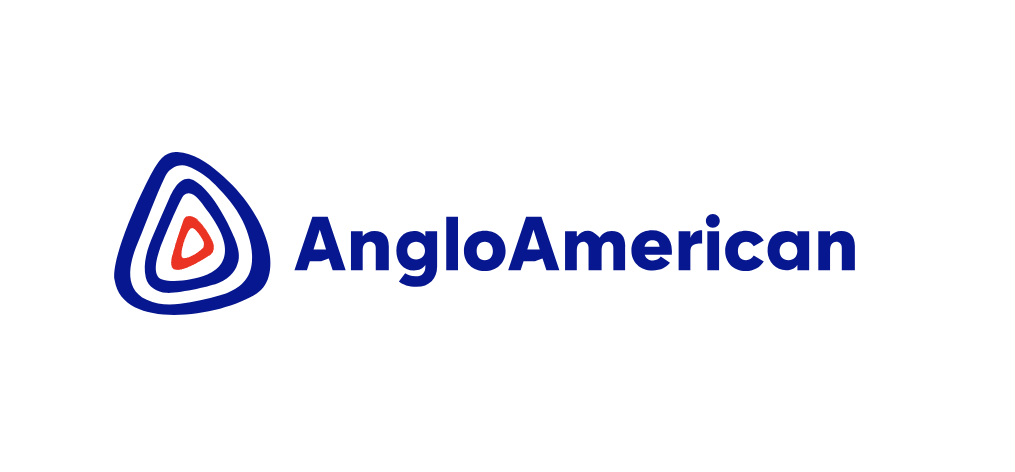If there’s one thing coal investors seem to love doing, it’s trashing BTU management after earnings calls.
On the one hand, I get it. Communication from the C-suite often isn’t clear – recalling specifically here the twin debacles of the Coronado merger “rumors” and the PRB surety bond negotiations.
But I think one thing we all have to accept is that this is a company which was founded in 1883. As such, it has been run by managers rather than founders for the vast majority of its 141 years. But what you might not realize is that those two roles – managers vs founders – are very different.
Managers tend to get “ivory tower syndrome” the same way commodity analysts do from time to time. CEOs/CFOs/COOs are hired to do CEO/CFO/COO things, and those jobs are incredibly complex. They get so caught up in their own world that they sometimes forget that their audience isn’t privy to the same information or perspectives they have. And the fact that coal’s audience has changed dramatically over the past few years – shifting from institutions to funds, family offices and retail due to ESG concerns – adds some complexity to the problem here.
On the other hand, founders have to raise a lot of capital to get their business off the ground. For the most part, that’s a communications job, as they have to constantly and flawlessly articulate their business proposition to capital allocators. As a friend who works with IPOs told me once, “You can go public with or without profit. Heck, you can even go public with or without revenue. But the thing you can never go public without…is a STORY.”
And that’s really the issue here – BTU, through the course of normal human events, has lost the plot of what is actually a fantastic story.
Fortunately, it’s an easy story to relearn…we’ve seen it plenty of times in the movies!
These Guys Ain’t So F****** Bad!
The story here has one theme and one theme only – the restart of operations at BTU’s old North Goonyella mine (now called Centurion).
Like Tom Berenger’s character in the movie Major League – stalwart catcher Jake Taylor – Centurion has a long history in the coal league…errr…industry.
It came online waaaaay back in 1993 and quickly ramped up to nameplate capacity of close to 3 Mtpa. While production fluctuated a lot during the met market doldrums of the 2000’s, it found some new life in the higher-priced environs of the 2010’s until a mine fire forced its closure in 2018.

BTU was prepared to bring it back online toward the end of 2019/beginning of 2020, but COVID relegated those plans to the dustbin. Now, with met prices clearly set up to be “higher for longer,” the company’s decision to bring it back on comes at an opportune time, which will significantly reshape future earnings.
Once the longwall is ramped up in 2026, it should produce at least 2.5-3.0 Mt of Premium Low-Volatile (PLV) coal. At a price of $250/t and an all-in cost (including capex, SG&A, taxes, royalties, etc) of around $150/t, it will add roughly $250-300M in free cash flow to the bottom line at full production.
To put that in perspective, that’s roughly 10% of the company’s current market cap…in a single year…from a single mine.
And from a valuation standpoint, that means that the situation BTU hasn’t materially changed since we assessed it back in March.

It’s still the cheapest stock in the sector by a country mile and will have the highest FCF yield of the group when Centurion is at peak production.
Or as a friend put it in GIF form (thereby inspiring this post)…

But I Want My $2!
Like Johnny the paperboy in Savage Steve Holland’s cult classic Better Off Dead, the constant clamoring for buybacks amongst the Twitterati has become a maguffin that tends to mark important plot points in the BTU story…in this case, quarterly earnings season.

Again, I get it…they are using only a portion of quarterly free cash flow and they have a lot of cash on the balance sheet.
But by now, people who have been following this blog and our fellow friends on #CoalTwitter should know that most of the cash is restricted due to the company’s asset retirement obligations in the PRB. And similar to Warrior – who also has their own occasional communication issues – BTU has a lot riding on this one project.
Personally, I’d rather they execute on the development than pick up an extra 100k shares just for the sake of keeping the price up. In the end, that allows them to really juice the buyback program in the back half of the decade, and potentially AMR themselves by 2030.
And to their credit, they’ve even addressed that to some degree on the earnings calls. When Lucas Pipes asked about how short term capital commitments affect the buyback on the call today, CFO Mark Spurbeck responded that BTU has “some strong cash flows going forward” and can “get back in the market on an opportunistic basis when the board deems it appropriate.”
While far from perfect – it was a VERY long winded answer – my interpretation was that cash flows should be very good in 2H, and if the share price gets stupidly low, they’ll throw some extra FCF at it.
So while I do understand the short-term investor impatience, an overcommitment to quarterly buybacks over mine development – without regard to seasonality or share price – is relatively risky in a world rampant with cost inflation.
And though sure, it might help keep prices up during the doldrums, in the medium term that could delay an operation that will literally double earnings in a couple years. To me, that’d be like driving with a flat tire, cutting off a limb…or skiing on one ski.
Burying the Lede…Big Announcement
For the most part, #CoalTwitter consensus is that BTU did a great job being positive on the call. They didn’t surprise us with bad news or weird merger plans, and were generally pretty upbeat about prospects. It almost felt…dare I say…normal.
We’ll go through the Warrior and Peabody transcripts over the weekend and add in some commentary/hot takes for you all to read here pretty soon.
But if you paid any attention to the byline in this article – or were confused by the cheeky pop culture references therein – you have probably surmised that this isn’t a regular everyday The Coal Trader post.
As happens in the industry from time to time, our esteemed cowboy of coal has landed a gig that will pull him closer to public markets…which sadly necessitates a push away from day-to-day operations of TCT.
But because this blog and website has become the go-to source of industry news and price information for what has become a pretty large community, it’s just too valuable a resource to have it fall by the wayside.
So rather than wind down the publication, we decided to undergo a bit of a transition…

That’s right, it was that meddling Matt Warder the whole time!
I’m happy to announce I’ll be running the day-to-day operations here at TCT Substack and website.
TCT and I have been looking for ways to work together for years now – we were pretty close to pulling the trigger on developing an institutional-level research service a while back, but we just got too busy.
Though I’m sure there will be some growing pains – been a long while since I updated a website daily or sent mass emails, for instance – this will actually give us some incentive to create a few of those value-add products without sacrificing the existing services.
So please be patient for a week or so while I get up to speed on all the bells and whistles and widgets and levers and stuff…I’m still getting used to the process, but am REALLY excited to get going.
And I expect TCT himself will even perhaps pop in and provide a few thoughts over the weekend.
In the meantime, feel free to stop by Twitter and tell us both how much you love…
COOOOOOOOOOOOOOOOOAAAAAAAAAAAAAAAAALLLLLLLLLLLL!!!!!
-MW










